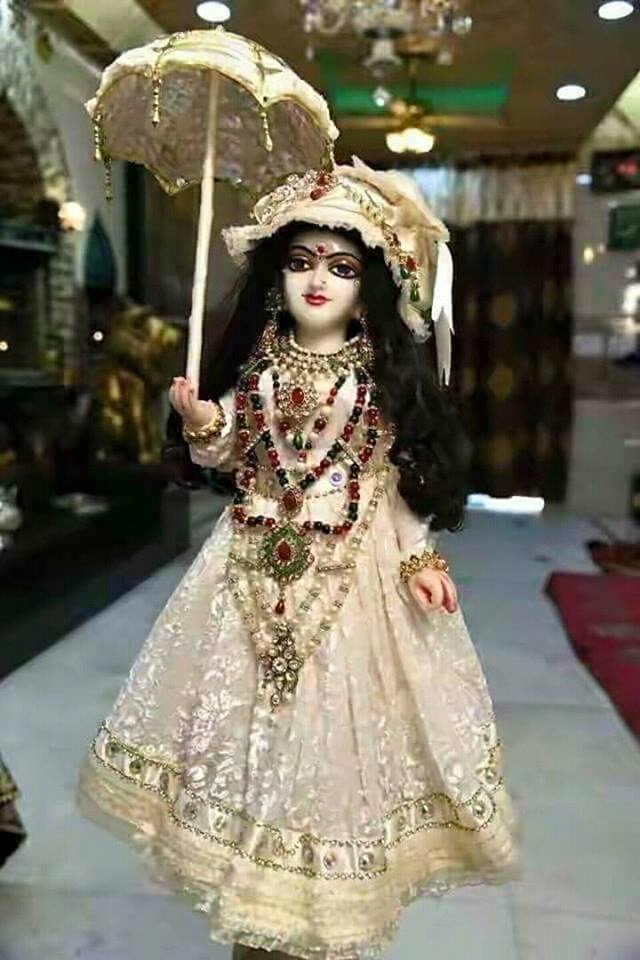Followers
Thursday, March 24, 2016
Saturday, March 19, 2016
Chaturdashi
Devotees of Vishnu offer the god a thousand lotuses while reciting the Vishnu sahasranama, the thousand names of Vishnu. The Vishnupada Temple, which is believed to have footprints of Vishnu, celebrates its main temple festival in this period. The festival is also celebrated as kartik snan (bathing in a river or stream during the kaartik maas) by Vishnu devotees. In Rishikesh, this day is observed as Deep Daan Mahotsavto mark the occasion of Vishnu waking up, out of his deep sleep. As a mark of environmental awareness, the deeps or lamps are made of flour (which would disintegrate in water) instead of burnt earthen lamps. The lighted lamps are floated in the holy Ganges River in the evening. This is accompanied by several cultural festivities.
On this occasion, Vishnu is given a special place of honour in the sanctum of Kashi Vishwanath temple, a prominent Shiva temple in Varanasi. The temple is described as Vaikuntha on this day. Both the deities are ritually worshipped as though they are worshipping each other. Vishnu offers tulsi (holy basil) leaves (traditionally used in Vishnu worship) to Shiva, and Shiva in turn offers Bael leaves (traditionally offered to Shiva) to Vishnu, which is taboo otherwise, to each other. Devotees start the pujas after taking baths, fasting for the whole day, and offering akshat ( turmeric mixed rice), sandalwood (Chandan) paste, sacred water of the Ganges, flowers, incense and camphor to both the deities. Then they offer lighted deeps (earthen lamps) and batti (cotton wick) as a special offering for the day. In Varanasi, women, particularly old women, outnumber others in offering prayers on this occasion. Over the years, the number of devotees participating in this festival has increased. It is also said that old Brahmin ladies who are specialized in making cotton wicks offer 125,000 battis to the two gods on this occasion.
At the Grishneshwar temple of Shiva, Vishnu is offered Bael leaves and Shiva is offered Tulsi leaves. It is considered to portray the union of Vishnu and Shiva.[5] In the Tilbhandeshvar temple in Nashik, the 2 feet (0.61 m) linga - aniconic form of Shiva - is dressed up in finery and a silver mask, as Ardhanarishvara, the half-male, half-female form of Shiva. Thousands of people worship the Tilbhandeshvar and Shiva Kampaleshvar temples in Nashik. The festival is one of the three important festivals of these temples.
https://en.wikipedia.org/wiki/Vaikuntha_Chaturdashi#Worship_rituals
Blog
http://hariharji.blogspot.in/2012/10/spiritual-calendar-november-2012.html
Tube
https://www.youtube.com/results?search_query=tulsi+Vaikuntha+Chaturdashi
Slides
http://www.slideshare.net/search/slideshow?searchfrom=header&q=tulsi+Vaikuntha+Chaturdashi
Dates
http://www.drikpanchang.com/festivals/vaikuntha-chaturdashi/vaikuntha-chaturdashi-date-time.html
Subscribe to:
Posts (Atom)

